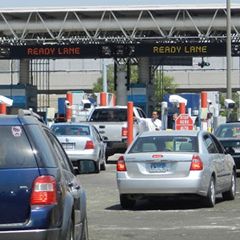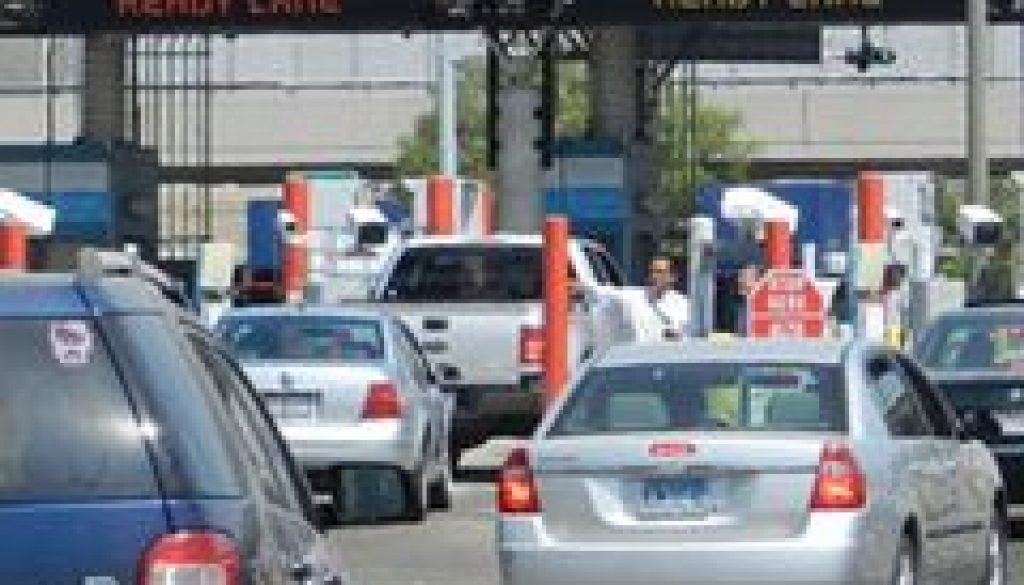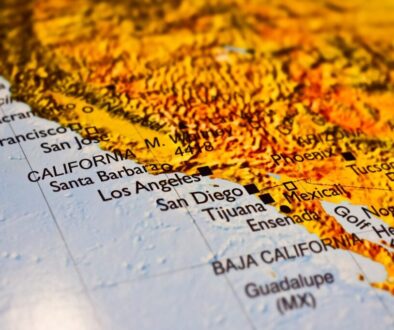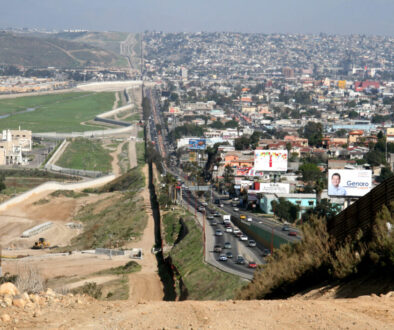UCS research – Impact of wait times at the major US Ports of Entry
 By Adina Moloman
By Adina Moloman
Sources: create.usc.edu, KPBS
A recently study conducted by researchers at the University of Southern California on an economic modeling that predicts how adding customs and border agents at U.S. Ports of Entry affect the economy in terms of the Gross Domestic Product (GDP), Value of time (opportunity costs), and Employment, at both regional and national levels.
This research was conducted by the University of Southern California and supported by the United States Department of Homeland Security through the National Center for Risk and Economic Analysis of Terrorism Events (CREATE).
This study estimates the impacts on the U.S. economy of changes in wait times at major Ports of Entry (POEs) due to changes in Customs and Border Protection (CBP) staffing. They quantify the impact on wait time by adding or subtracting one officer at each of the 33 primary inspection sites included in the analysis. The data from CBP gathered for this analysis is quite complete and consist of passenger vehicle, commercial vehicle and airport statistics for all land border crossings, passenger and commercial vehicles and international airports in the U.S.
Some conclusions published: Adding one officer at each of the 33 primary inspection sites would generate a total of $66 million in extra US GDP.
For instance, by adding one extra agent to check semi-trucks at the Otay Mesa commercial border crossing, each truck will wait a minute or two less entering into US. This can be converted into $2 million per year per agent added to US gross domestic product and other benefits that where not analyzed in this study such as: less air pollution, cost transportation and other economies of scale for both the Manufacturing in Mexico Industry and for the US economy.
In addition to the 33 new US jobs, adding an extra border agent at each of the 33 inspections POEs will bring more than half a million dollars worth of time saved for border crossers (for shop and work).
Not quantified in this research is the impact of lower wait time on cross-border supply chain productivity, reducing wait times for trucks that transport goods through the border means reducing the need to hold inventories, and improves supply chain performance that reduce the total costs of goods manufactured in Mexican Maquiladoras.





